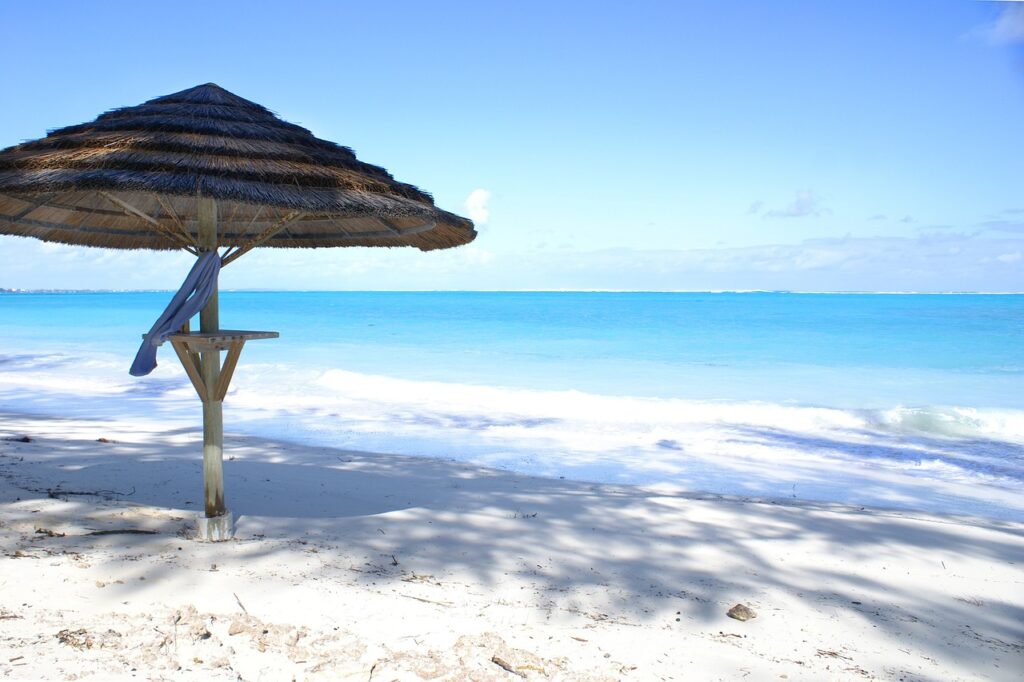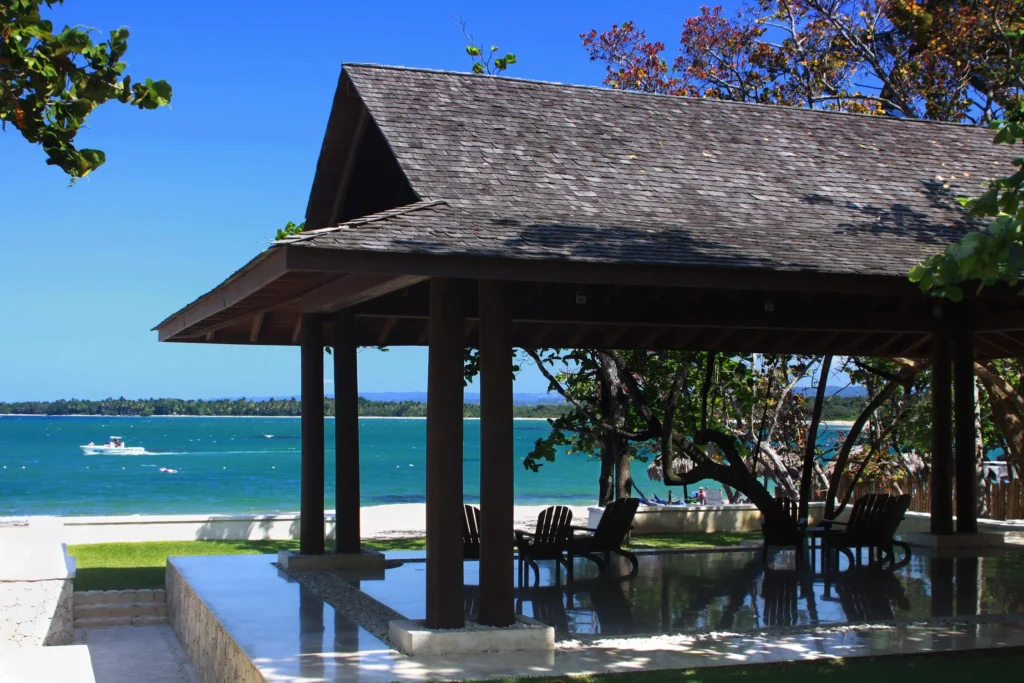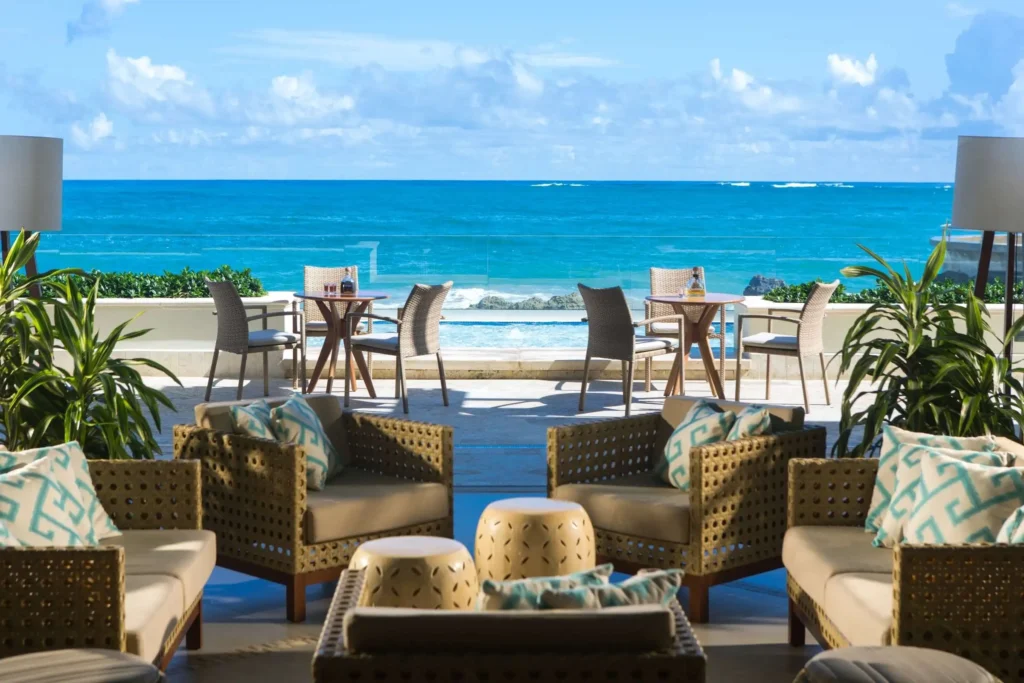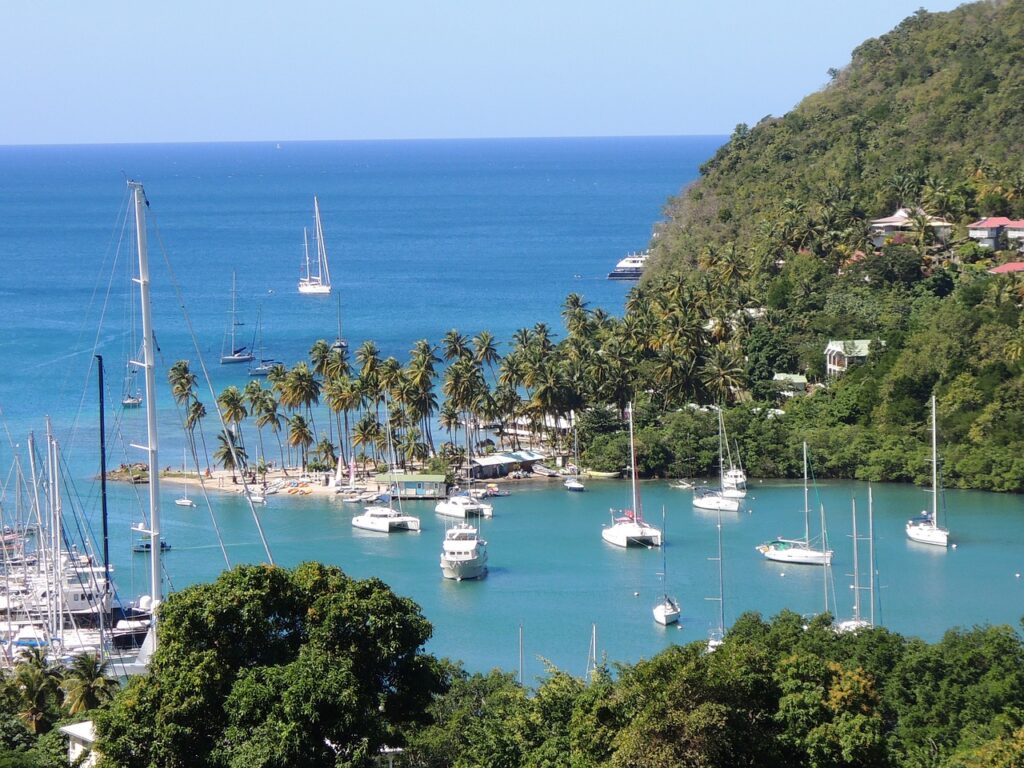The Sargassum Seaweed Invasion: Exploring the Impact on the Caribbean’s Shimmering Beaches
With its turquoise waters and pristine sandy beaches, the Caribbean has long been a coveted destination for travelers seeking a slice of paradise. However, in recent years, a natural phenomenon known as the Sargassum seaweed invasion has been wreaking havoc on the region’s shimmering shores.
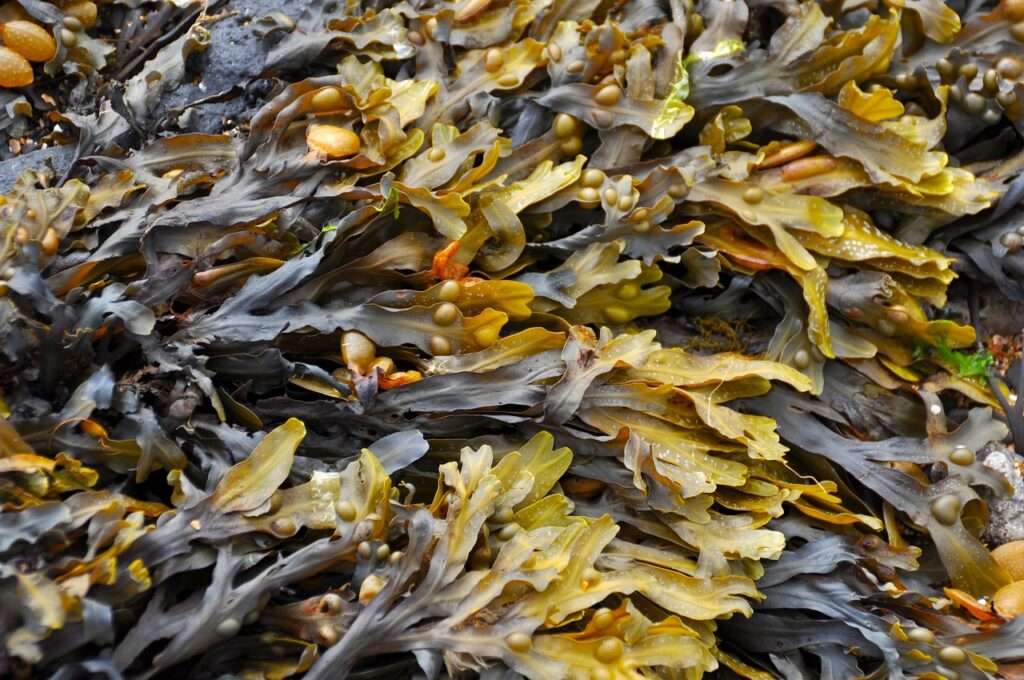
Sargassum Seaweed
This invasive seaweed, which originates from the Sargasso Sea in the Atlantic Ocean, has been washing up on the beaches of popular Caribbean destinations, turning their idyllic landscapes into a tangled mess of rotting vegetation. The seaweed’s arrival is not only an eyesore but also poses significant challenges for local communities, industries, and tourism.
In this article, we will explore the impact of the Sargassum seaweed invasion on the Caribbean’s pristine beaches. We will delve into the ecological consequences, the economic toll on local communities, and the efforts being made to combat this relentless enemy of the coastlines. Join us as we delve into the complexities of this natural phenomenon and discover how it’s shaping the future of the Caribbean’s most treasured spots.
The origins and causes of the Sargassum seaweed
Sargassum is a type of brown seaweed that thrives in the warm waters of the Atlantic Ocean, particularly in the Sargasso Sea, which is located within the Bermuda Triangle. This unique seaweed is known for its distinct floating masses, which provide a habitat for various marine species. However, the recent proliferation of Sargassum along Caribbean coasts has raised concerns among environmentalists, tourists, and local communities alike. Understanding the origins and causes of this phenomenon is crucial to addressing its impacts.
The increase in Sargassum seaweed is linked to several environmental factors, including nutrient runoff from agricultural practices and climate change. Nutrients such as nitrogen and phosphorus, which are often washed into the ocean from fertilizers and wastewater, create an ideal environment for Sargassum to flourish. Additionally, rising sea temperatures and changing ocean currents, exacerbated by climate change, have contributed to the expansion of Sargassum blooms. These conditions allow for the algae to grow more rapidly and spread across vast oceanic regions, ultimately leading to its arrival on Caribbean shores.
Another factor contributing to the Sargassum invasion is the alteration of oceanic currents due to human activity. Deforestation, land reclamation, and other forms of coastal development have reshaped natural water flow patterns, allowing Sargassum to drift more easily toward the Caribbean. As a result, this once benign seaweed has become an unwelcome guest on the region’s beaches, changing the landscape and threatening the delicate balance of marine ecosystems. Understanding these causes is essential for developing effective strategies to manage the seaweed’s impact on the Caribbean.
Impact of Sargassum on the Caribbean’s beaches and marine ecosystem
The invasion of Sargassum seaweed has had profound effects on the Caribbean’s beaches and marine ecosystems. Initially, the sight of sprawling mats of brown seaweed can be disheartening for beachgoers who come to enjoy the region’s natural beauty. The once crystal-clear waters are often obscured by dense layers of Sargassum, detracting from the picturesque views that visitors expect. This aesthetic degradation can lead to a decline in tourism, which is a vital economic driver for many Caribbean nations.
Beyond its visual impact, Sargassum poses serious threats to marine life. The seaweed creates a barrier that can prevent sunlight from reaching underwater plants and corals, disrupting the photosynthesis process essential for their survival. Additionally, as the Sargassum decays, it releases harmful gases such as hydrogen sulfide, which can be detrimental to fish and other marine organisms. The resulting decline in fish populations may also affect local fishermen, who rely on a healthy marine ecosystem for their livelihoods.
Moreover, the impact of Sargassum extends to coastal communities that depend on tourism and recreational activities. With beaches becoming less appealing due to the seaweed’s presence, visitors may choose to vacation in other destinations, leading to economic hardships for local businesses. Restaurants, hotels, and tour operators may experience a downturn in revenue, forcing them to adapt or even shut down. The long-term consequences of the Sargassum invasion could reshape the economic landscape of the Caribbean, highlighting the urgency of addressing this environmental challenge.
When is Sargassum Season In The Caribbean
The phenomenon of Sargassum seaweed invasion is not a year-round occurrence; it follows a seasonal pattern that typically peaks during the warmer months. In the Caribbean, Sargassum season generally begins in late spring and can last through early fall, with the highest concentrations usually observed from May to August. During this period, the combination of warmer ocean temperatures and increased nutrient availability leads to a surge in Sargassum growth, resulting in significant wash-ups on beaches across the region.
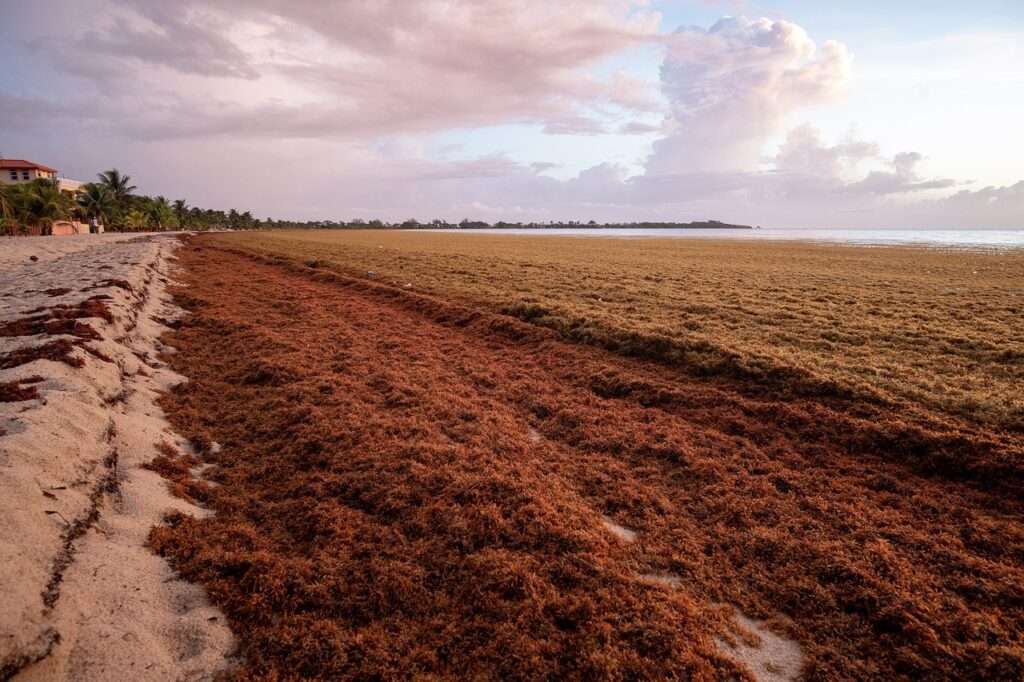
The timing of Sargassum blooms can vary each year, influenced by climatic conditions and ocean currents. For instance, the 2021 season saw an unprecedented amount of Sargassum, attributed to unusually high nutrient levels in the Atlantic. In contrast, some years experience milder blooms, which can provide temporary relief for communities impacted by the seaweed. Despite the variability, the pattern remains consistent, and locals and visitors alike should be aware of the potential for Sargassum presence during these months.
Understanding the Sargassum season is crucial for both tourists and local stakeholders. When planning vacations during peak season you can prepare by researching affected areas and considering alternative destinations if necessary. Local authorities and businesses can also implement strategies to manage seaweed accumulation, ensuring that visitors continue to enjoy the Caribbean’s beauty despite the challenges posed by Sargassum. By staying informed about the seasonal dynamics of this invasive seaweed, communities can better navigate its impacts on both the environment and the economy.
How to avoid Sargassum seaweed
While the Sargassum seaweed invasion poses significant challenges, there are ways for you to minimize your encounters with this invasive species when visiting the Caribbean. First and foremost, staying informed about the current Sargassum conditions is essential. Many local tourism boards and environmental organizations provide updates on seaweed concentrations and beach conditions, allowing you to plan your trips accordingly. A great resource is Sargassum Monitoring. Checking these resources can help you choose destinations that are less likely to be affected by Sargassum during your stay.
The Great Atlantic Sargassum Belt drifts toward the east and northeast of the Caribbean, leading to the most significant accumulation on the east, north, and occasionally south coast beaches. In contrast, the west coast beaches frequently remain unaffected. Another effective strategy for avoiding Sargassum is to select accommodations that are located near Sargassum-free beaches. Some resorts and hotels may have private beach areas that are regularly cleared of seaweed, offering guests a more enjoyable experience.
Additionally, your travel advisor can help you discover which beaches have been less impacted by Sargassum in recent years and can guide you toward the best options for your vacation. Certain locations may have natural barriers or currents that help keep Sargassum at bay, allowing visitors to revel in the pristine beauty of the Caribbean.
Lastly, considering the timing of travel can also play a role in avoiding Sargassum. Traveling during November to March, may offer a greater chance of enjoying Sargassum-free beaches. While the weather may be slightly cooler, the reduced likelihood of encountering seaweed can make for a more pleasant beach experience. By staying informed, selecting the right locations, and timing visits wisely, travelers can navigate the challenges posed by Sargassum and fully appreciate the beauty of the Caribbean.
Economic consequences of the Sargassum seaweed invasion
The economic ramifications of the Sargassum seaweed invasion in the Caribbean are profound and far-reaching. Tourism, which is the backbone of many Caribbean economies, has been significantly impacted by the influx of Sargassum. Visitors, who are drawn to the region for its stunning beaches and clear waters, may cancel trips or choose alternative destinations if they find the beaches covered in the invasive seaweed. This decline in tourism directly affects local businesses, including hotels, restaurants, and tour operators, resulting in substantial revenue losses.
In addition to the immediate effects on tourism, the Sargassum crisis can lead to longer-term economic consequences. For instance, the fishing industry is also at risk, as Sargassum blooms can disrupt marine ecosystems and lead to declines in fish populations. Fishermen may find it increasingly difficult to catch their usual hauls, threatening their livelihoods and the food supply for local communities. The interconnectedness of these industries means that the impacts of Sargassum are felt throughout the economy, creating a ripple effect that can hinder growth and development.
Local governments are also faced with the financial burden of managing Sargassum waste. Clearing beaches of the seaweed requires significant resources and labor, diverting funds from other essential services. Many Caribbean nations are investing heavily in cleanup efforts, but these expenditures can strain already limited budgets. As the Sargassum crisis continues, it becomes imperative for governments and communities to devise sustainable solutions that address both the ecological impacts and the economic challenges posed by this invasive seaweed. Without effective management strategies, the economic landscape of the Caribbean may continue to suffer.
Efforts to combat and manage the Sargassum seaweed
In response to the growing threat of Sargassum seaweed, various efforts have been initiated across the Caribbean to combat and manage its impact. Many governments and local authorities have established beach cleanup programs to remove Sargassum from shorelines, aiming to restore the natural beauty of their beaches and mitigate the economic consequences of the invasion. These initiatives often involve community volunteers, local businesses, and non-profit organizations that come together to tackle the issue collectively.
Additionally, some Caribbean nations are investing in research to better understand the factors contributing to Sargassum blooms and to develop effective management strategies. Scientists are studying the relationship between nutrient runoff, ocean currents, and Sargassum growth patterns to identify potential solutions. By examining these dynamics, researchers hope to provide policymakers with the information needed to implement sustainable practices that could reduce nutrient loading and the subsequent proliferation of Sargassum.
Furthermore, regional collaborations are emerging as a critical component of combating the Sargassum crisis. Countries within the Caribbean are recognizing that the issue is not confined to national borders and that a coordinated approach is necessary. By sharing data, resources, and best practices, nations can develop more effective strategies for managing Sargassum and its impacts on tourism, fishing, and local economies. Collaborative efforts can also lead to innovative solutions that address the problem on a larger scale, ensuring that the Caribbean coastline remains a cherished destination for generations to come.
Innovations and technologies to address the Sargassum seaweed invasion of the Caribbean
As the Sargassum seaweed invasion continues to pose challenges for the Caribbean, innovations and technologies are being developed to address this pressing issue. One promising approach involves the use of specialized boats equipped with nets designed to collect Sargassum from the ocean before it reaches the shore. These vessels can efficiently remove large quantities of seaweed, reducing the burden on local beaches and allowing for a more effective cleanup process. This proactive strategy not only helps maintain the natural beauty of the coastline but also provides an opportunity for local communities to turn Sargassum into a resource.
Some researchers are exploring the potential uses of Sargassum once it has been collected. For instance, the seaweed is rich in nutrients and can be processed into organic fertilizers, biofuels, and even food products. By finding alternative applications for Sargassum, communities can create new economic opportunities while simultaneously addressing the environmental challenge. This innovative approach not only helps manage the seaweed but also promotes sustainability within local economies.
Moreover, technological advancements in monitoring and predicting Sargassum blooms are being developed to enhance preparedness among coastal communities. Remote sensing technologies, such as satellite imagery and aerial drones, can provide real-time data on Sargassum concentrations in the ocean. This information allows governments and local authorities to anticipate seaweed arrivals and implement timely cleanup initiatives. By leveraging technology to monitor Sargassum growth, the Caribbean can better equip itself to face the challenges posed by this invasive species while safeguarding its pristine beaches.
Conclusion and future outlook for the Caribbean’s beaches
The Sargassum seaweed invasion represents a complex challenge for the Caribbean, affecting its pristine beaches, marine ecosystems, and local economies. As the region continues to grapple with the impacts of this invasive species, it is essential to adopt a multifaceted approach that encompasses research, community engagement, and innovative technologies. By understanding the origins and causes of Sargassum, local stakeholders can work together to mitigate its effects and preserve the natural beauty that makes the Caribbean a beloved destination for travelers.
Looking ahead, the future of the Caribbean’s beaches will depend on the collective efforts of governments, communities, and scientists to develop sustainable management strategies. As awareness grows about the importance of maintaining healthy coastal ecosystems, there is potential for positive change. With continued investment in research and collaboration, the Caribbean can explore new opportunities to turn the Sargassum crisis into a catalyst for innovation and economic growth.
Ultimately, the resilience of the Caribbean lies in its ability to adapt to challenges while preserving its unique environment. The Sargassum seaweed invasion may present significant obstacles, but it also serves as a reminder of the interconnectedness of ecosystems and economies. By fostering a culture of sustainability and stewardship, the Caribbean can work toward a future where its shimmering beaches remain a source of joy and inspiration for generations to come.

